Recent Women’s Marches emphasize “power to the polls”
This past weekend, an estimated one million people participated nationwide in marches to advocate for women’s rights. The march was dated to recognize the one year anniversary of President Donald Trump’s inauguration and last year’s record-breaking marches. Although, contrary to last year’s marches, protesters possessed a different tone this year.
“It was very relevant for us to go to Washington, D.C., last year to send a message we were all united. When 2018 came around, we had to be really strategic about what message we want to come out of this gathering, and in order for us to put forth a strong message that women are going to lead the victories in 2018 electorally, we had to go to a state that was relevant. We chose Nevada,” Linda Sarsour, a Women’s March co-organizer stated in a recent interview with CNN.
This year’s message publicized by the Women’s March organization was “power to the polls”. The overall purpose of the marches was to encourage the youth to register to vote and take the future into their own hands. “During this march, I learned that even though I cannot yet vote, I can still make my voice heard when I am unsatisfied with the government that is being handed down to us,” Metea Valley junior and marcher Isabelle Cardona stated.
Trump even took to Twitter to address the marches saying, “Beautiful weather all over our great country, a perfect day for all Women to March”. Despite Trump’s positive attitude on Twitter, many women were reportedly marching against him. Signs photographed from the marched stated phrases such as, “I have seen better cabinets at Ikea” and “Nasty women keep fighting”.
Taking notes from historical movements such as the civil rights movement in the 50’s and the gay liberation movement in the 70’s, protesters marched down major streets demanding systemic change. In addition to starting a dialogue within the nation’s political system, these marches have also sparked conversations on social media.
These marches are creating a platform that allows all different types of people from all over the world to come together and march about something they are all passionate about, human rights. However, some argue that the recent social movements aren’t as inclusive as they should be. Many took to social media writing about the importance of representation of all types of women, femmes, transgenders and nonbinary citizens that are affected by this systemic oppression.
The term “intersectional feminism” is being used more and more throughout media and modern dialogue to emphasize the inclusivity that may be missing from some of these movements. Despite the slight controversy, protesters still made their point very clear, women of the United States will no longer stand for discrimination.
Students Isabelle Cardona and Emily Finger attended the women’s march together in downtown Chicago. “I marched because I saw how impactful the marches were last year and I wanted to be apart of the movement that is changing the way women are looked at in America,” Emily Finger said.
Regardless of the direct political impact or the immediate change these marches may or may not cause, the topic of women’s rights and empowerment brought together over a million people. The turnout nationwide is a major mood booster and can act as a symbol of hope for thousands across the nation that feel as though they are defined by their gender.
Girl Talk is a platform where we talk about girls, not for girls. Join the conversation.

Abbey Malbon is in 11th grade and is a spotlight writer. She is involved with Literary Magazine, Best Buddies and Fresh Connect. She spends her free time...
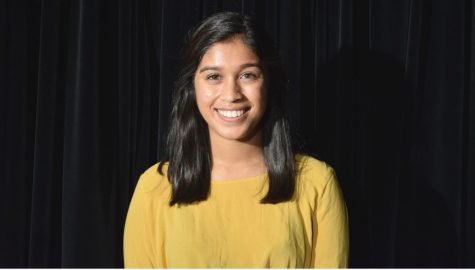
Avani Shah is a senior and Headlines Editor for Metea Media. This is her second year on staff. Avani is a black belt in Tang Soo Do. She can often be found...


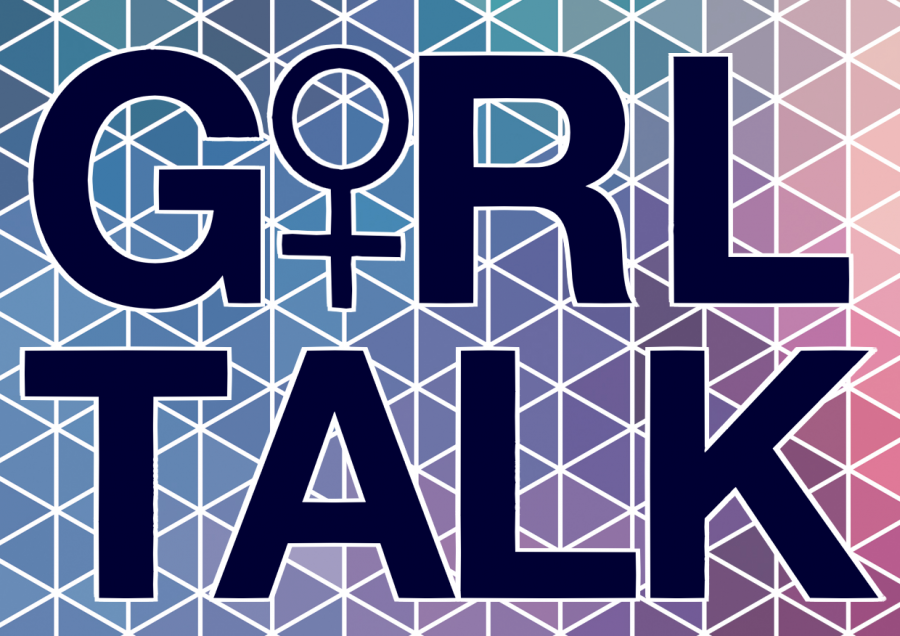
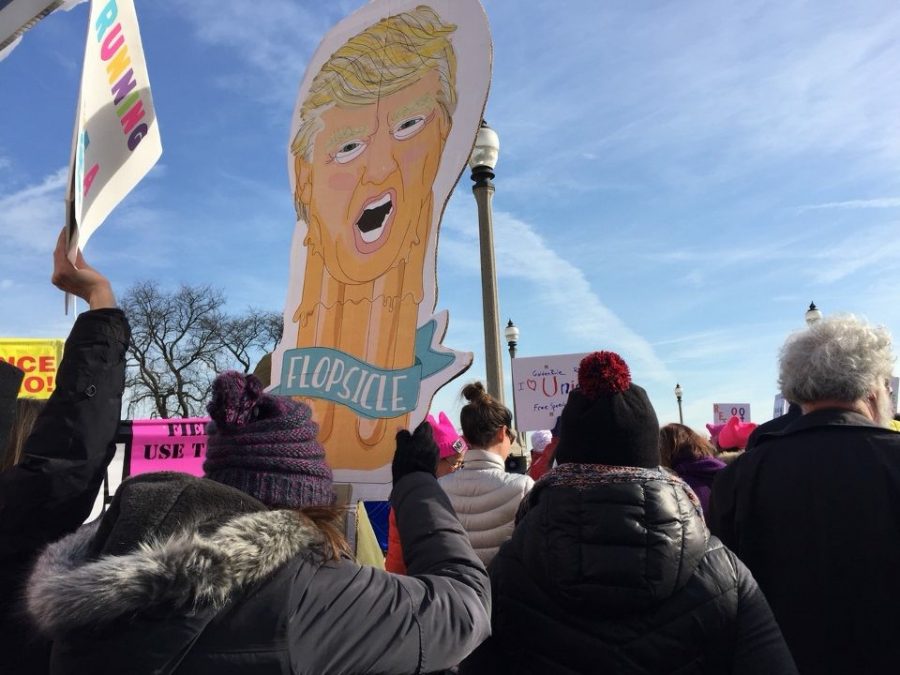
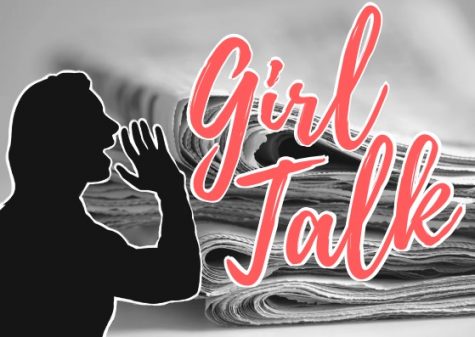
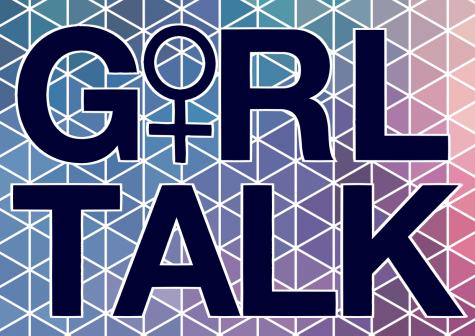
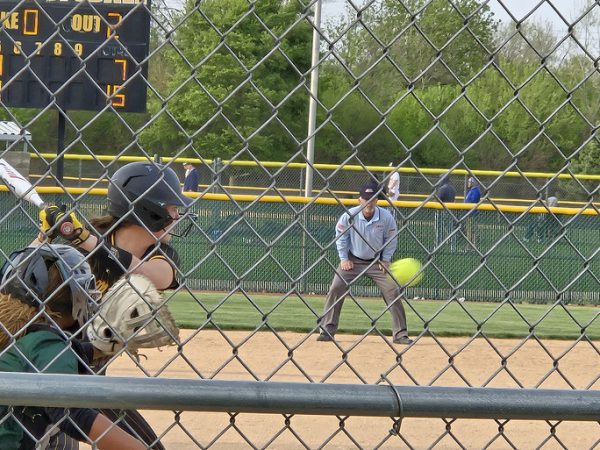
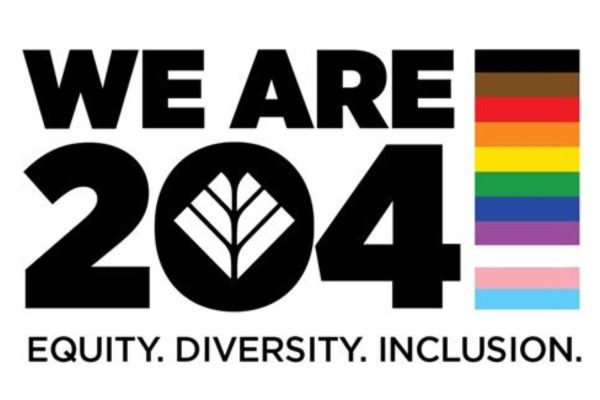

Ben • Feb 1, 2018 at 12:48 pm
I wish some people would realize that sometime we can address one issue at a time. If the article is about one topic, that is the reason other things, like men’s issues are not addressed. “Why aren’t we talking about ______?” Because this specific article is talking about something different.
axiet • Feb 2, 2018 at 7:43 am
The reason why these people bring up ‘men’s issue’ because this article is about the march that “advocates for women’s rights”. We already have the same rights as men, so the issue they are advocating is a non-existent cause. Just name one right that women don’t have that men has. Since this march is about a gendered issue, why aren’t men mentioned? You forgot 50% of the world since everyone has a gender.
yes • Jan 31, 2018 at 5:05 pm
I don’t understand how this march was successful, as it was more of a we hate trump, and this is just something we made an annual thing march.
carbon based life form • Jan 31, 2018 at 8:24 am
no
axiet • Jan 25, 2018 at 7:15 am
What I don’t understand is simply why people think women are oppressed. We aren’t (In America and other western countries). You find a need to think that women are oppressed and think that all women are victims to advocate for something we already have, which is rights. If you can write this article and be praised you are not oppressed, you have rights. How do so many women not realize that?
“‘[…] put forth a strong message that women are going to lead the victories in 2018 electorally,’”
“This year’s message publicized by the Women’s March organization was “power to the polls”.”
42% of women who voted, voted for Trump. Just in case you didn’t know. (http://www.businessinsider.com/exit-polls-who-voted-for-trump-clinton-2016-11/#more-women-voted-for-clinton-as-expected-but-trump-still-got-42-of-female-votes-1)
“Taking notes from historical movements such as the civil rights movement in the 50’s and the gay liberation movement in the 70’s, protesters marched down major streets demanding systemic change.”
It is disgusting to even compare this demeaning, hypocritical march to these historical movements. This march was not even about rights anymore. This march is about pushing the Liberal agenda. Most historical movements actually tried to solve a problem. The only problem that this march had was mostly about Trump. Women’s rights already exist, some might say we have a social superiority against men. So what are they marching for? Trump’s impeachment? That won’t work. These are the things that turn people who are on the fence to jump to the other side. Not only this, they claim to be for woman, yet they aren’t for women who have a different political view.
“These marches are creating a platform that allows all different types of people from all over the world to come together and march about something they are all passionate about, human rights.”
Then how come they never mention about the human rights violations in Saudi Arabia, Pakistan, India, Iran, and etc.?
“However, some argue that the recent social movements aren’t as inclusive as they should be. Many took to social media writing about the importance of representation of all types of women, femmes, transgenders and nonbinary citizens that are affected by this systemic oppression.”
These social movements aren’t as inclusive because they don’t allow people with different views and perspectives, males are often excluded, and TERFS exclude those who are transgender. This is not because of different “types of women”. In regards to “all types of women” I thought to myself, aren’t “nonbinary” either gender? So why do many nonbinary folk attend?
“The term ‘intersectional feminism’ is being used more and more throughout media and modern dialogue to emphasize the inclusivity that may be missing from some of these movements. Despite the slight controversy, protesters still made their point very clear, women of the United States will no longer stand for discrimination.”
“‘Just as long as they have the same political view as I do.’”
“The turnout nationwide is a major mood booster and can act as a symbol of hope for thousands across the nation that feel as though they are defined by their gender.”
The fact that the “Women’s March” is called the “Women’s March” doesn’t help.
I hope you read this, Abbey Malbon, to see my view point. I think it would be amazing if I could talk to you about these topics in real life so we can have a mature and meaningful discussion. We might even find common ground.
whyyyyyyy • Jan 29, 2018 at 9:01 pm
what kind of white nonsense
axiet • Jan 31, 2018 at 8:23 am
I’m Asian, so I’m yellow not white.
“whyyyyyyy”
At least try to dissuade my argument. It really isn’t that hard.
прямой белый самец • Feb 1, 2018 at 7:25 am
wow, so you are just one of those people who cant rebute an argument so you go to personal insults, shows me how childish you are
прямой белый самец • Jan 25, 2018 at 7:12 am
I can roll with the part of this article that tells youth to vote more because only a small part of our population votes which means that only a small part of the population is being heard, BUT, the article aside from that kinda infuriates me. The left (including Metea media) likes to victimize women to give them an upper hand as if things don’t happen to men. Men are consistently denied certain support that women have “rights” to be in. Where are the Mens marches? The Male support groups not being shut down by third wave feminists? the equal prison sentences for the same crimes? selective services for women? all of these add up to women having the upper hand in our society, but yet they still push for more privileges just to trample men more than they already have (they being modern feminists). and by the way, don’t use Linda Sarsour as a reliable source, she is the worst modern feminist, reasons being she supports sharia law, she shames victims of genital mutilation, etc.
Anonymous Cheese • Jan 24, 2018 at 12:51 pm
Throughout history men have been expendable and still are but in addition to being expendable they are not wanted or considered needed. This blows my mind because both genders have to uphold their end of the deal. Women can’t get all the benefits with no repercussions. Men are expendable, and only seen as a cash grab for some women. It’s really sad to be a man in this day and age.
senior • Jan 23, 2018 at 12:11 pm
Kind of ironic how you point out that the march is about human rights, yet you fail to even mention the pro-life march that took place the same weekend, considering it addresses the most basic of human rights…the right to life.
Just like much of current media, one side is often covered more than the other, mostly it conveniently promoting the left ideology; with a perfect example being seen with the ample coverage of the women’s march compared to the little coverage for the pro-life march on the same weekend.
Trump definitely has some truth to his “fake news” mantra.
Go GO muSTANGS • Jan 23, 2018 at 10:22 am
Actually, if EVERYTHING MATTERS where’s the Men’s Rights March? Men are just as, if not more, discriminated against as women. don’t @ me.
This man is true • Jan 23, 2018 at 2:19 pm
If meteamedia has a girl talk why don’t y’all have a boys talk? guys have issues too. It seems kinda weird that girls problems are voiced so loud but guys aren’t. Just a thought
Go GO muSTANGS • Jan 24, 2018 at 10:15 am
I totally agree! While we’re at it, babies, dogs, and cats, all have issues as well, why doesn’t MeteaMedia address them? It is weird that girls problems are put over dogs and cats. Food for thought.#DOGSLIVESMATTER
darkstripe • Jan 31, 2018 at 10:49 am
i’d vouch for a Cat Talk to be honest
darkstripe • Jan 24, 2018 at 8:53 am
I can’t tell if this person is being serious, but this comment almost made me laugh in the middle of some kid’s presentation during class. Cheers to that.
mae strip tywyll yn anabl • Jan 24, 2018 at 9:12 am
I love that you left a sarcastic reply because you have no argument or counterpoint to this intelligent statement.
darkstripe • Feb 2, 2018 at 9:17 am
It’s not even the content of the post, it’s that dang screenname and the “don’t @ me” at the end. I do have to agree: both genders have their problems, though, although a men’s right march misses the point a bit.
Caleb Berry, a proud patriot • Jan 24, 2018 at 11:24 am
Why is this funny to you?
Men’s problems:
Higher taxes
Draft possibilities
Emotionally unaccepted by society
Higher chances of suicide
Work far more hard labor than women do
Prostate cancer drastically undermined
Perceived as mentally stronger (this can be a curse example being “Man up”)
Expected to get a job to support a family
Have no say in whats happens to what you call a “woman’s body”, but happens to be a human life, and if kept the unmarried man still has no say in the next 18 years he’ll be paying child support, besides the woman’s income.
Expected to take assault from a woman without defending himself.
Both genders have their problems.
Go GO muSTANGS • Jan 24, 2018 at 2:03 pm
gotta say, this is well put and completely true. however, I would like to bring attention to the disclaimer in the article that the Girl Talks are written about girls, not just for them. To this it is also marked an opinion article, being so it is well nown that this is opinion, not fact, not pushing it on anyone. That being said, the point of view is up to the author, in Metea Media I cannot deny that there is a lack of representation for the right wing political spectrum, to this perhaps you would consider applying for newspaper and journalism to see this representation for other point of views. Both men and women have societal pressures and problems respectively, however, the definition of feminism is equality for all genders/identifications, therefore equality for all humans, not limited to just women. This is the importance of the Woman’s March, to bring awareness to, but not excluding any, as when looking at photos worldwide of the march there are signs for all minorities, as that is the definition and purpose of feminism.
Ginger • Jan 25, 2018 at 8:55 am
True but if you think about men have been marching on women rights since basically the beginning of time. The reason there isn’t one is because women are naturally treated as less and you should do your research about the topic before you say things like this. Also man were at the march with women showing their support so if I were you I would stand with the people who want everyone equal. Having separate marching is creating more separation between genders and trust me we don’t need that.
Caleb Berry, a proud patriot • Jan 30, 2018 at 11:40 am
Men’s rights advocates don’t stand with the women’s march because of the beliefs of lots of women who march are hateful. Not too long ago, some who wore the name of feminism went and ended men’s day at the university of York although the main reasons of the day were to minimize male suicide and male health problems. These feminists looked right past the reasons and crashed it because it supported “patriarchy”. Many others who march in and outside of the U.S. supported this. Lets not forget about the feminist fathers day rants as well. I will not be around or support those people support these actions. After men’s day large news sources had to reinforce men’s day on a large scale, because of how much hate it got from feminists. Women’s day is great, but i wont take part in the march.
Ask yourself this: how often do you see men’s rights advocates trying to crash women’s day? Men’s rights advocates consist of far less violent people than feminism.
Voice Of the Aristocracy • Feb 8, 2018 at 9:50 am
preach
Voice Of the Aristocracy • Feb 8, 2018 at 9:48 am
I love how these femministic left wingers are always crying about how they’re discriminated and how their lives are so much harder (Even though they’re not) but the second that a man suggests that they have problems too its considered a sexist and non-educated comment. See that right there is a fine example of the feminazi Reich.
Ibraheem Jaheem Al-Fusah Makkah • Jan 23, 2018 at 8:59 am
nice